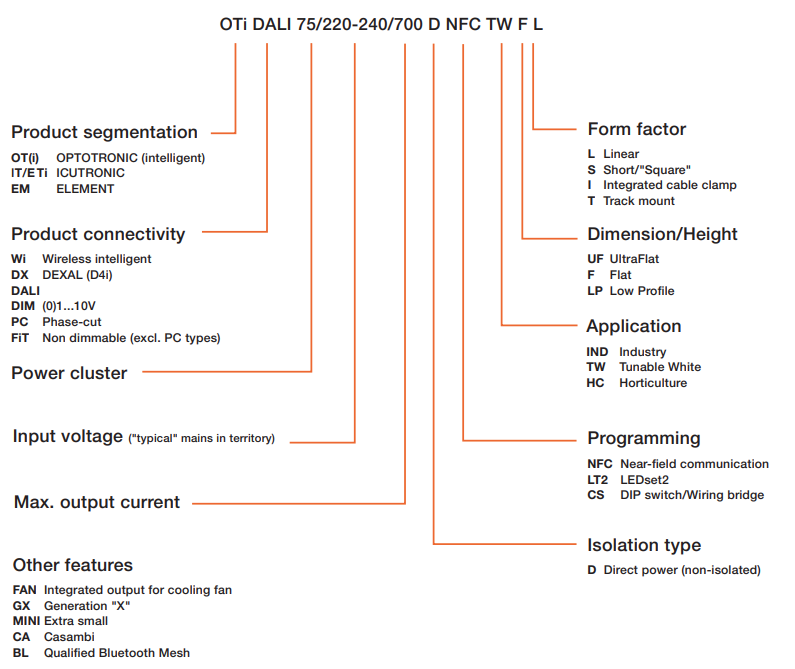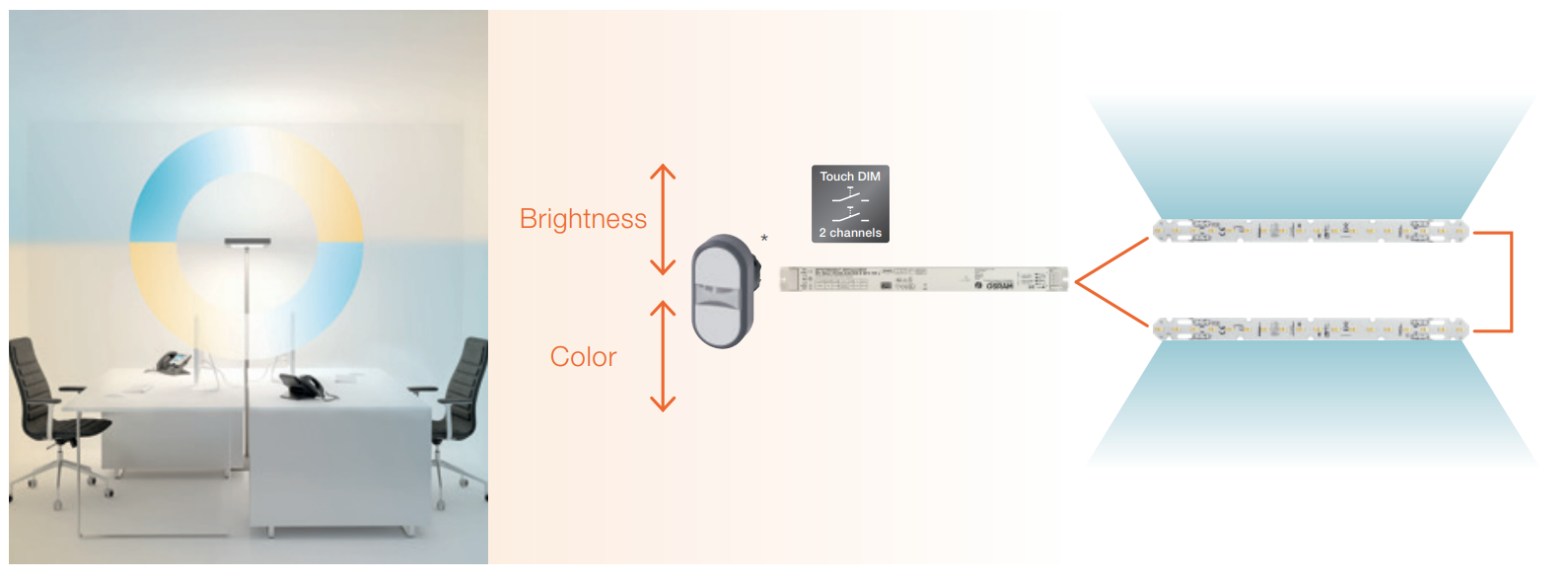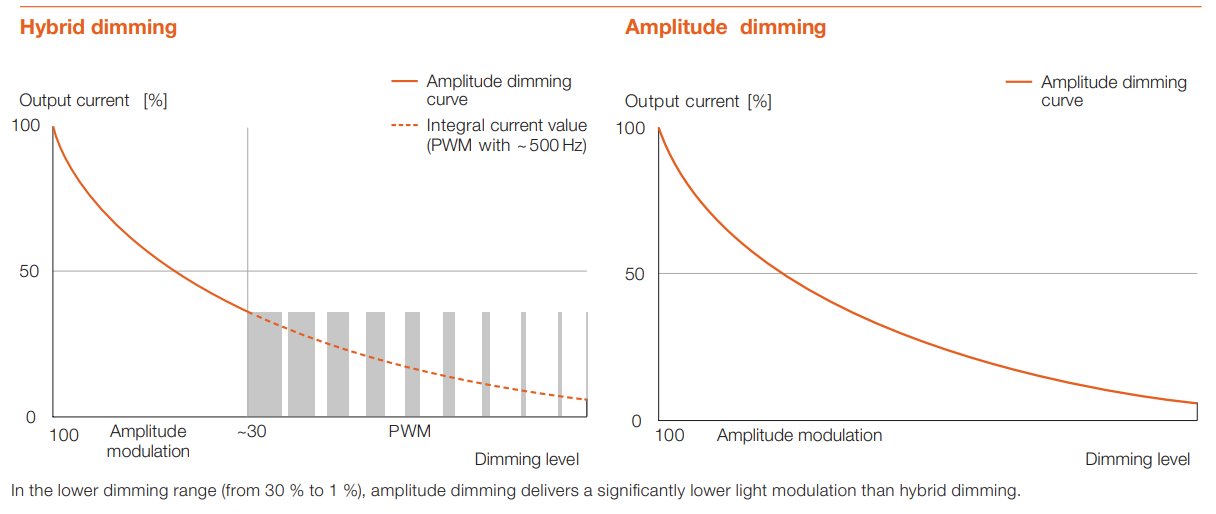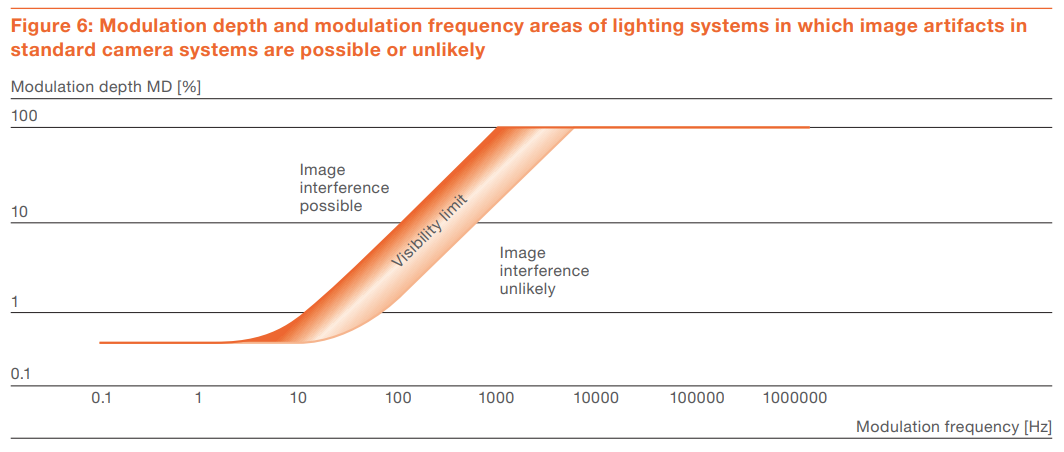Technical Application Knowledge: From practice, for practice
LED drivers are complex technical products with a wide range of applications and integrated functions. Therefore, the technical application guide for OPTOTRONIC, ICUTRONIC and ELEMENT LED drivers for indoor applications contains 14 chapters with additional information.
Chapter 1: Segmentations, families and features
This chapter provides an overview of our various indoor LED driver families, as well as of their specific features and applications, thus making it easy for you to identify the right products for your specific needs. Furthermore, the nomenclature of our products is explained in this chapter.

Chapter 2: Flexible current setting for window drivers via resistor, DALI and NFC
This chapter provides detailed information on all the many options available to define the output current of our drivers.
Chapter 3: DALI dimming curves
This chapter gives you valued information on DALI dimming curves, power consumption depending on the dimming level, as well as on how to set the CLO (Constant Lumen Output) function.

Chapter 4: Touch DIM and corridor functions for OPTOTRONIC DALI
This chapter gives you guidance on how to use the corridor and Touch DIM function of our DALI drivers. It also shows how to control color and brightness with Touch DIM and our OTi DALI Tunable White drivers.

Chapter 5: Combination of LED modules and LED drivers in constant-current systems
Since every LED driver is only useful when combined with an LED module, this chapter provides information on how to find a perfect match of an LED driver and an LED module, as well as on the influence of aging, temperature, dimming and tolerances.
Chapter 6: Online tools
In addition to our application guides, we also have online tools that support you in creating a lighting system. This chapter guides you straight to the right tool.

Chapter 7: Planning, installation and operation
Chapter 8: Insulation types
In chapters 7 and 8 you can find some application examples and additional parameters which must be taken into consideration when designing a complete system.

Chapter 9: Dimming principles
This chapter provides an overview of the different dimming principles for LED drivers.

Chapter 10: Ripple current and “light modulation”
The quality of a lighting installation is determined by various factors: illuminance, color rendering, glare, homogeneity and light color are just a few major criteria. The resulting temporal modulations of light are another key quality criterion for the design and assessment of lighting applications. This chapter helps you to understand how light modulation and ripple current are rated with respect to applicable standards.

Chapter 11: Emergency lighting with central and local battery systems
OPTOTRONIC constant-current LED drivers such as OTi DALI, OTi and OT FIT are suitable for DC operation (e.g., central emergency system). This chapter gives you more information on how to use these devices in a standardized battery system for emergency operation.
Chapter 12: Abnormal conditions, Chapter 13: Installation notes
These two chapters are intended for all those who are using our LED drivers in the field.
Chapter 14: Standards for LED drivers, LED modules and LED luminaires
This final chapter provides an overview of relevant standards and the respective symbols on LED drivers.
Download the Application Guide here.


